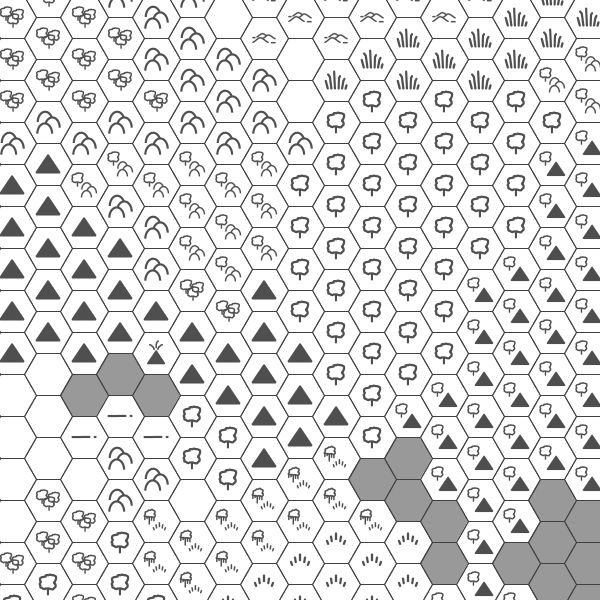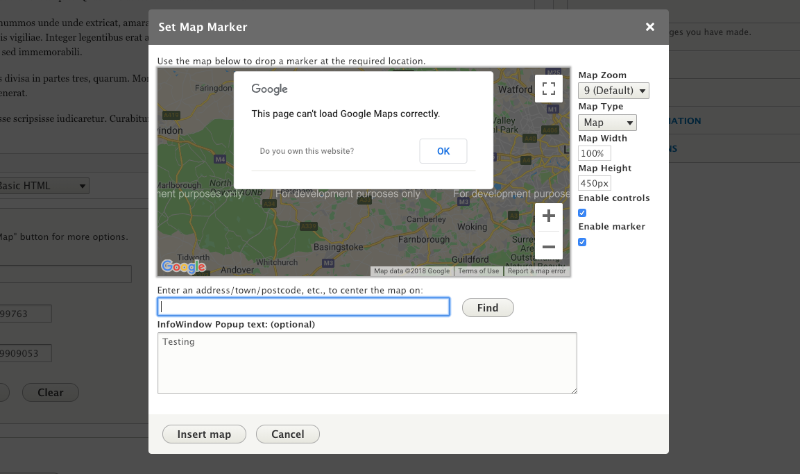
The company today also announced “ photo updates” for Maps on Android and iOS. These components combine to allow for the detailed creation of map styles. This updated way to edit roads in Google Maps will be rolling out over the coming months to over 80 countries where users can already report changes. Google Maps styles are divided into 3 components: features, elements, and styles. You can undo/redo segments from the top-right and specify road type before sending. The new tool launches a fullscreen experience that lets you “Add a road” by clicking the FAB in the bottom right corner. To make sure the suggestions and edits are accurate, we’ll vet contributed road updates before publishing them. You can even let us know if a road is closed with details like dates, reasons and directions. Today, the “Missing Road” option asks you to “click the map where the missing road should be.” You then enter the name with the ability to leave an optional note.Īdd missing roads by drawing lines, quickly rename roads, change road directionality, and realign or delete incorrect roads. Open Google Maps and type in the address or name of the location you wish to travel to before pressing Enter. Google is introducing a more immersive desktop tool to edit roads in Maps over the coming months.įrom, you open the side navigation drawer and click “Edit the map” - towards the bottom of this menu. Step 5 Click Save Map to see the changes.Crowdsourcing plays a big role in keeping Google Maps accurate and current. Step 4 Go to Add or Edit Map and Scroll down to ‘Map Style Setting’ section and paste it here to apply custom google maps skin. Step 3 Copy that JSON code from left side.

Step 2 Select and click the theme you want to make change. Step 1 You can change the theme of the map. You can customize the style or theme of the Google maps. This allows you to display and manage your custom map and implement your own map skin. Step 3 Save the map and open it in browser.īelow is the map you’ll create using elements.

Element Type is used to target the element that is part of the geographical objects, such as the object shape, the fill, the stroke, and the object labels.



 0 kommentar(er)
0 kommentar(er)
